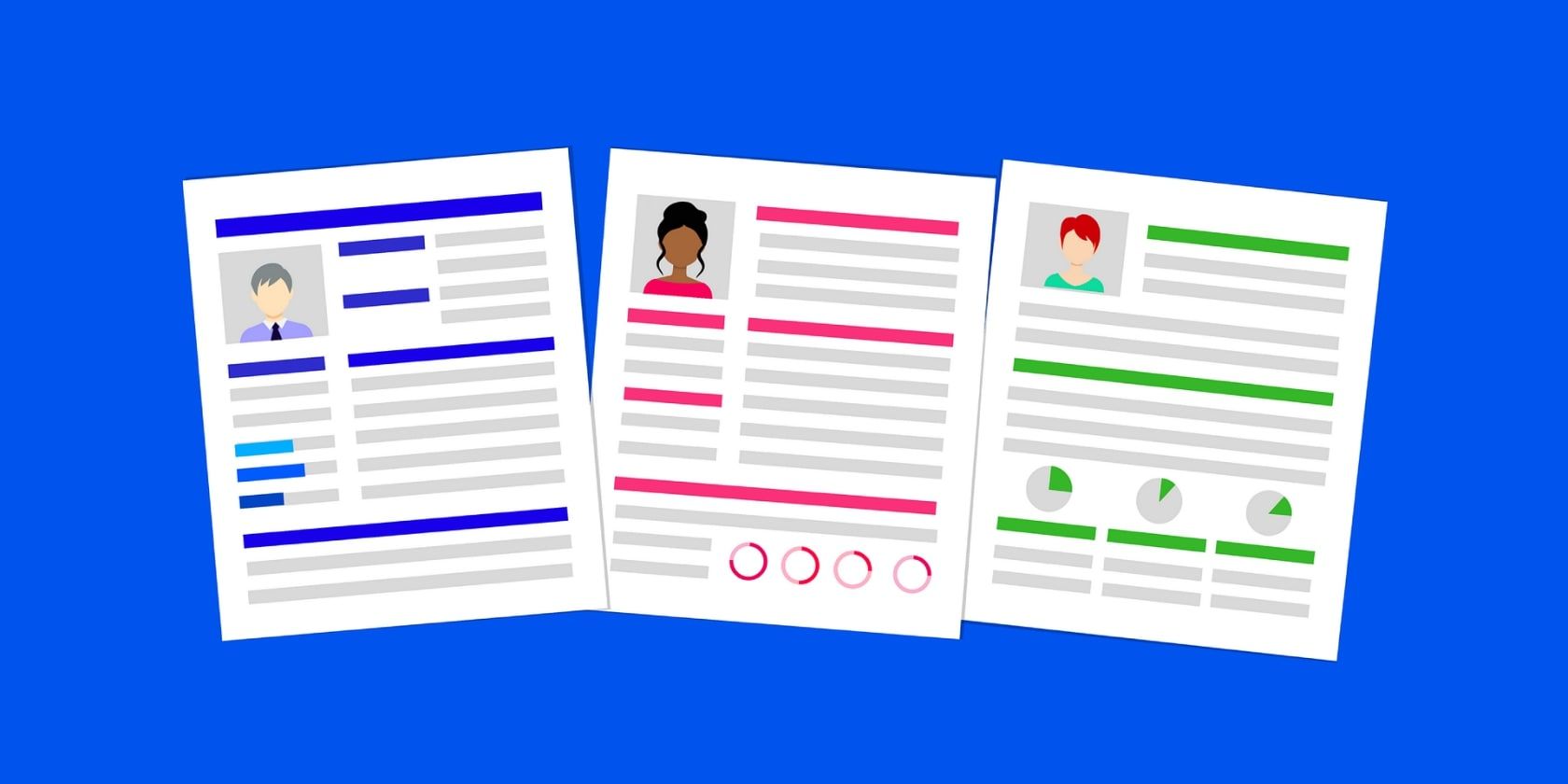So, you have just recruited a new employee. What's next? Having a well-structured plan that ensures your recruits feel welcomed and comfortable in their new roles is crucial to your organization.
In fact, we’d argue that an effective onboarding experience is more important now than ever before, with employees switching careers at record rates.
In this article, we will cover the benefits of improving your employee onboarding plan and the steps to guide you in this process.
What Is an Employee Onboarding Process?
An employee onboarding process is a structured program for integrating new employees into an organization and acclimating them to their roles to start doing their best work as quickly as possible.
The employee onboarding plan encompasses the processes involved in welcoming new employees to the organization, including sending a welcome message, training and orientation, procuring working tools, setting up accounts and the workspace, and more.
New employees are an essential part of any thriving organization, as they bring new energy and provide a vital spark to workflows. This is why it's important for your employee onboarding experience to be continually improved to match their enthusiasm, as it will determine whether they will become an integral part of your team or look elsewhere for work after a few weeks.
Why Effective Employee Onboarding Is Important
- New employees become productive faster, as they are effectively brought up to speed on company culture, norms, and processes.
- Effective employee onboarding programs foster strong relationships between teams and departments, improving engagement in the workplace.
- Employees feel more comfortable in their new role because they understand the expectations that come with the job.
- Employees are more likely to remain with the organization for an extended period.
- Higher rates of retention lead to fewer expenses from re-hiring and retraining new employees.
- Higher job satisfaction among existing employees, as they can be confident that their company is doing everything possible to retain talent.
- Improved overall organizational performance and productivity.
- Managers receive more accurate information about their reports’ performance (and can provide better feedback).
- Managers can leverage feedback from new hires, existing employees, and leadership to continually improve the onboarding process.
- A good onboarding program helps attract top talent while ensuring that all employees have the knowledge and skills necessary to succeed in their roles.
Now that you know how investing more time to improve your employee onboarding strategy can benefit your organization, it’s time to explore how you can achieve this.
Tips to Improve Your Employee Onboarding Program
Although each organization has to develop its onboarding plan based on its needs, industry, and other factors, the following tips can serve as a basic framework that you can leverage to create a unique and effective program.
1. Conduct an Onboarding Assessment
Before launching an onboarding program, it’s vital to assess the current process and identify any problem areas. The assessment should give you guidance and ideas for improving the employee recruitment and orientation processes. This will also help you determine what your organization’s goals are for the program.
Review the existing program and ask questions such as: Why was this method implemented? What specific concern(s) did it solve? How have other companies addressed similar issues? Developing a comprehensive list of questions will allow you to determine if one or more areas need adjustment to produce a better outcome.
In addition, consider your company’s mission, vision, values, and goals. This will help you create a unique plan for your organization.
2. Choose the Right Onboarding Solutions
Once you better understand the current state of your employee onboarding program, it’s time to choose the right onboarding software solutions. That’s because technology will play an essential role in how employees communicate, learn and engage with your organization.
There are several employee onboarding tools that you can use to integrate and train your new hires to help them excel in their positions, including BambooHR, Zenefits, and Freshteam, to name a few.
The advantage of using these tools is that they help improve communication between managers and new hires while saving you time by automating recurrent tasks. Hiring teams can also leverage handy features like text messaging tools and integrations supported by these employee onboarding tools to facilitate faster communication during training sessions.
3. Leverage Your Internal Wiki
One of the best ways to improve your onboarding process is by leveraging your internal wiki. This will allow you to provide new employees with access to all relevant information about how things work in your organization.
There are several top team wiki tools you can use to facilitate the sharing of information throughout your organization. This means new hires can get answers to questions during training sessions without having to wait for someone in the same department to respond.
This could include company policies, procedures, and how-to tutorials that will help them use relevant digital solutions. New hires can also use the company’s wiki to provide feedback on their training—thus giving you more information to improve the overall onboarding process further.
4. Use Gamification
Although gamification has been popular for many years, it remains a valuable tool to help foster engagement and productivity, while adding some fun to the training sessions.
Gamification utilizes game-related elements such as competition and rewards to raise morale and get people to complete work. Using this technique in the scope of your onboarding program will provide new hires with extra motivation.
You can use gamification by creating a competition among recruits to see who has the highest percentage of their training completed after a particular period. The competition can depend on the total score, the number of questions answered correctly, or having new hires earn rewards (like gift cards) by completing specific training exercises.
5. Use Donut to Foster Connection
When starting at a new company, recruits need opportunities to make connections with coworkers right away.
However, if you are working remotely, you might be wondering how you can create a virtual watercooler at your workplace to encourage casual conversations.
You can add Donut to your Slack workspace to pair new hires with onboarding buddies. Donut can assist you in all stages of your onboarding process, from sending welcome messages and setting reminders for check-ins to connecting new hires with mentors. You can use some of its templates, or build yours from scratch.
Commit to an Effective Employee Onboarding Plan
The onboarding process is often a company’s first chance to make an impression. This is why it needs to be intentional, thorough, and well organized.
Creating an effective onboarding program is not a single event; it is a process that starts with the hiring of new employees through their orientation into your culture, continuing until they are productive contributors to your organization.
A commitment to improving this process will result in improved retention rates and productivity in your workplace.




